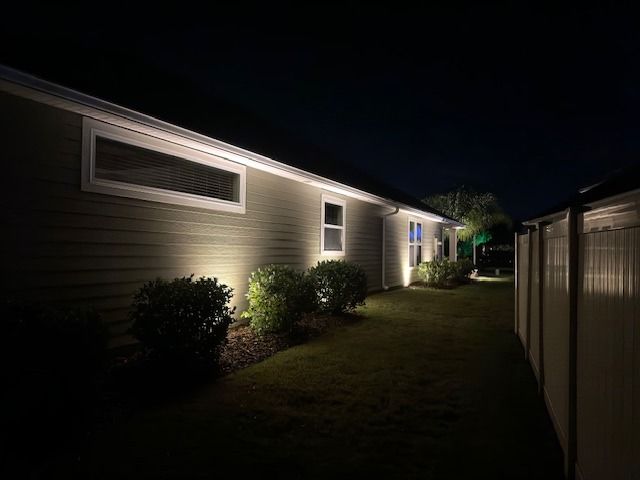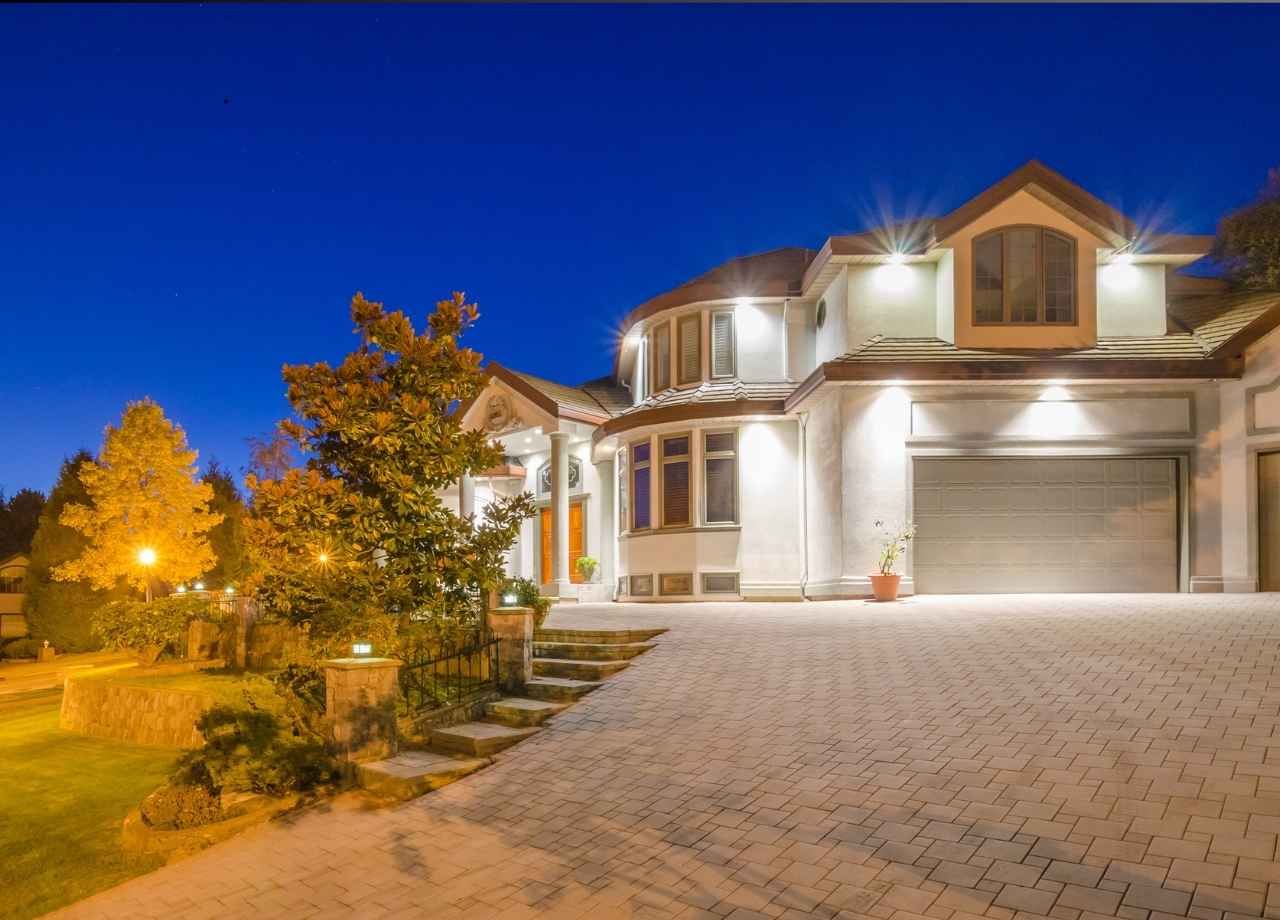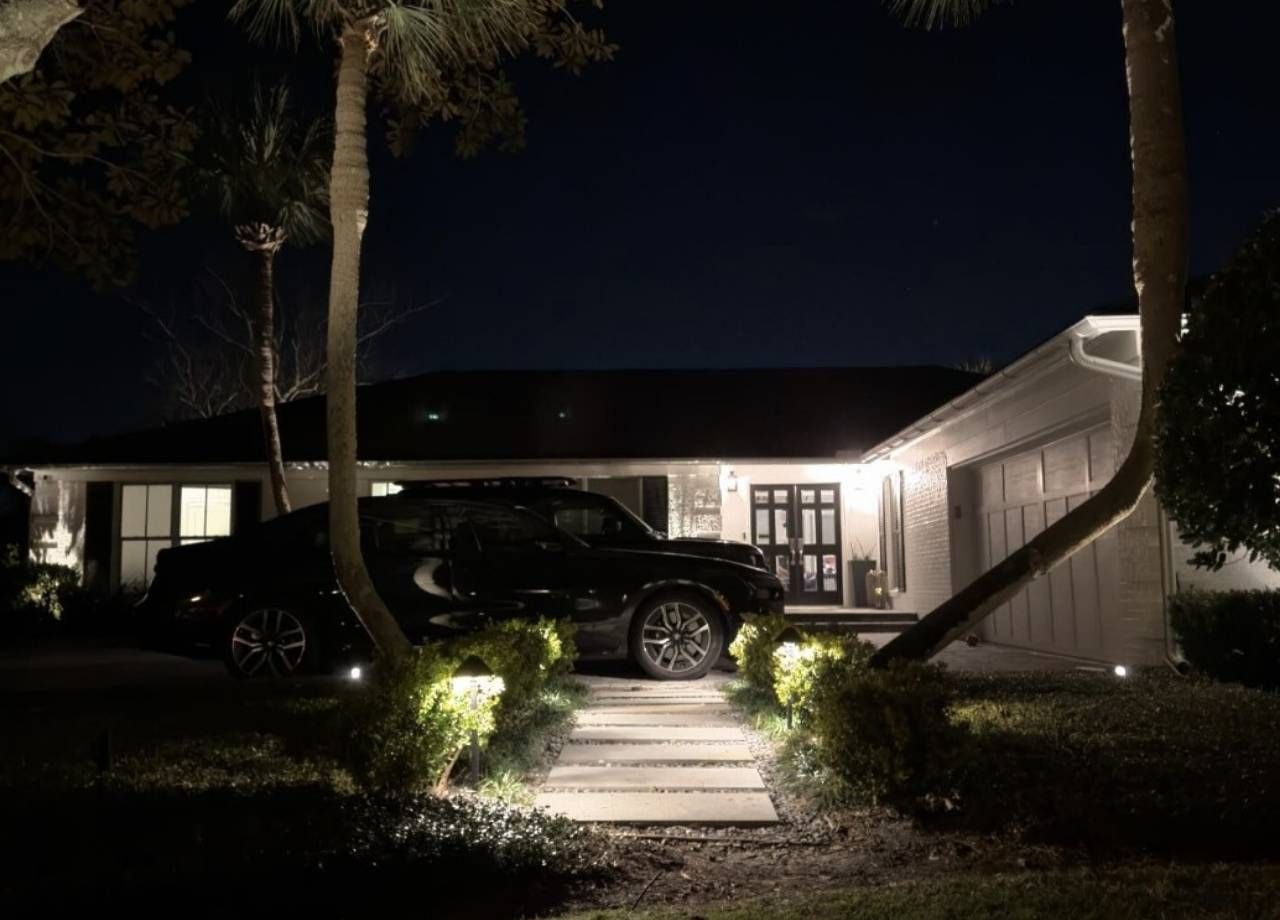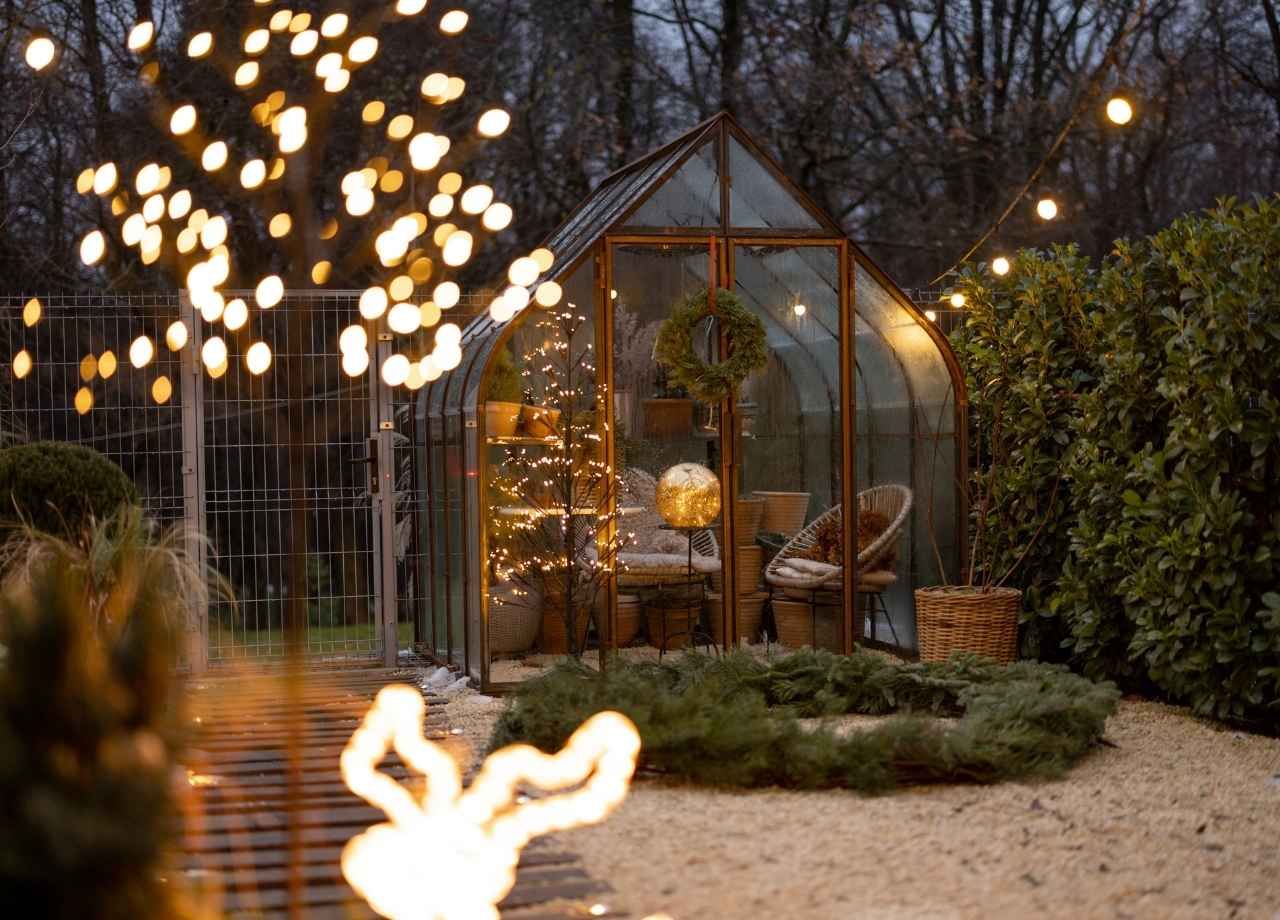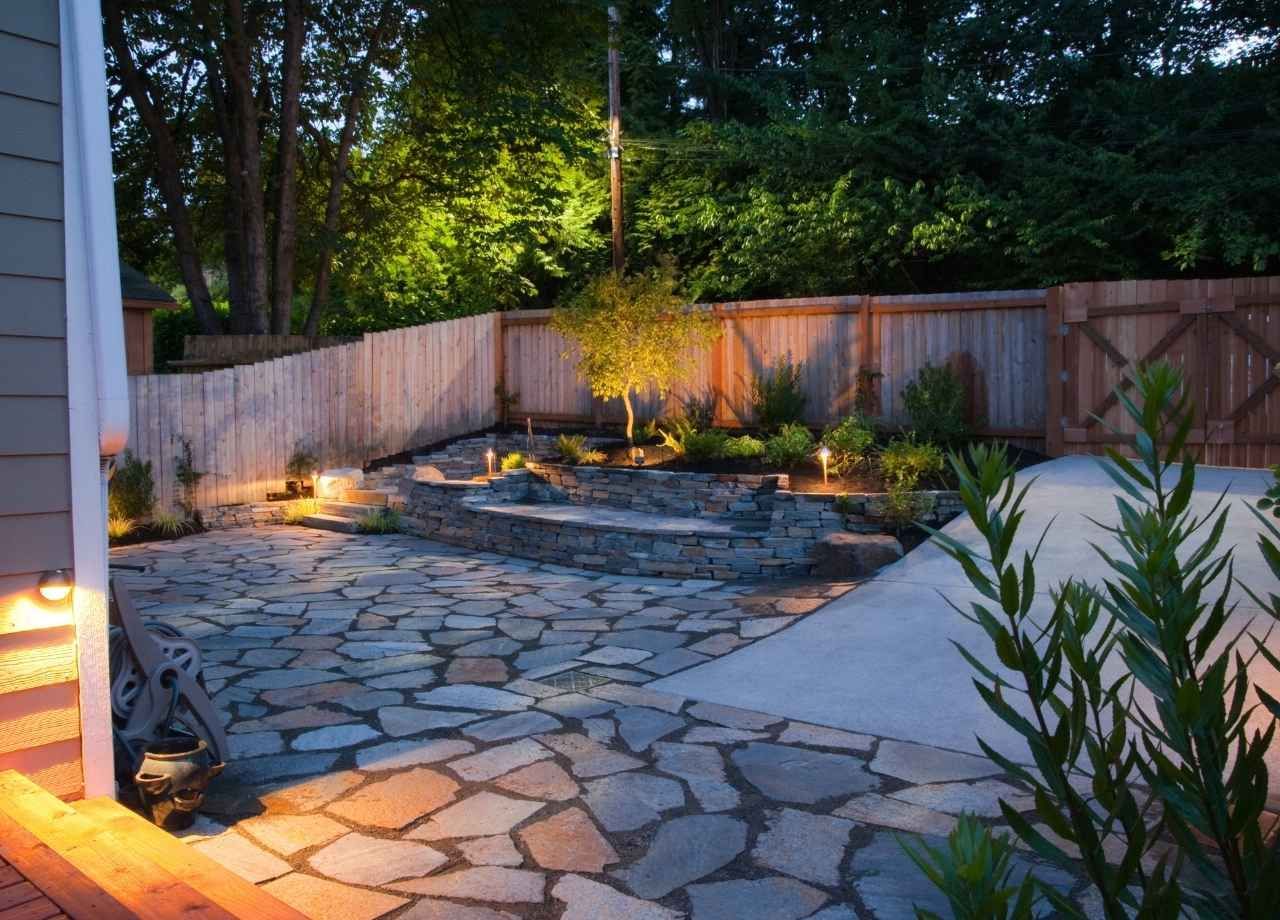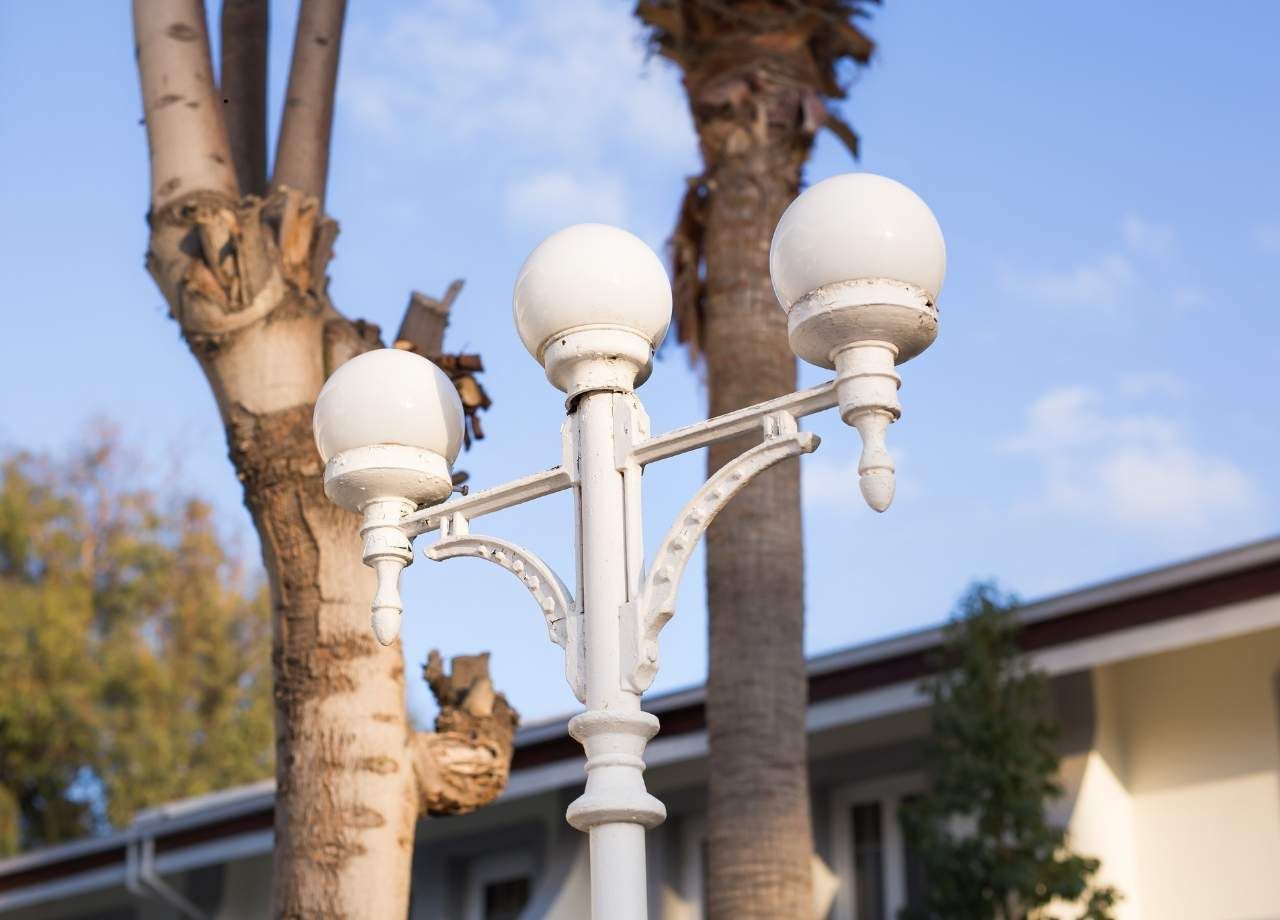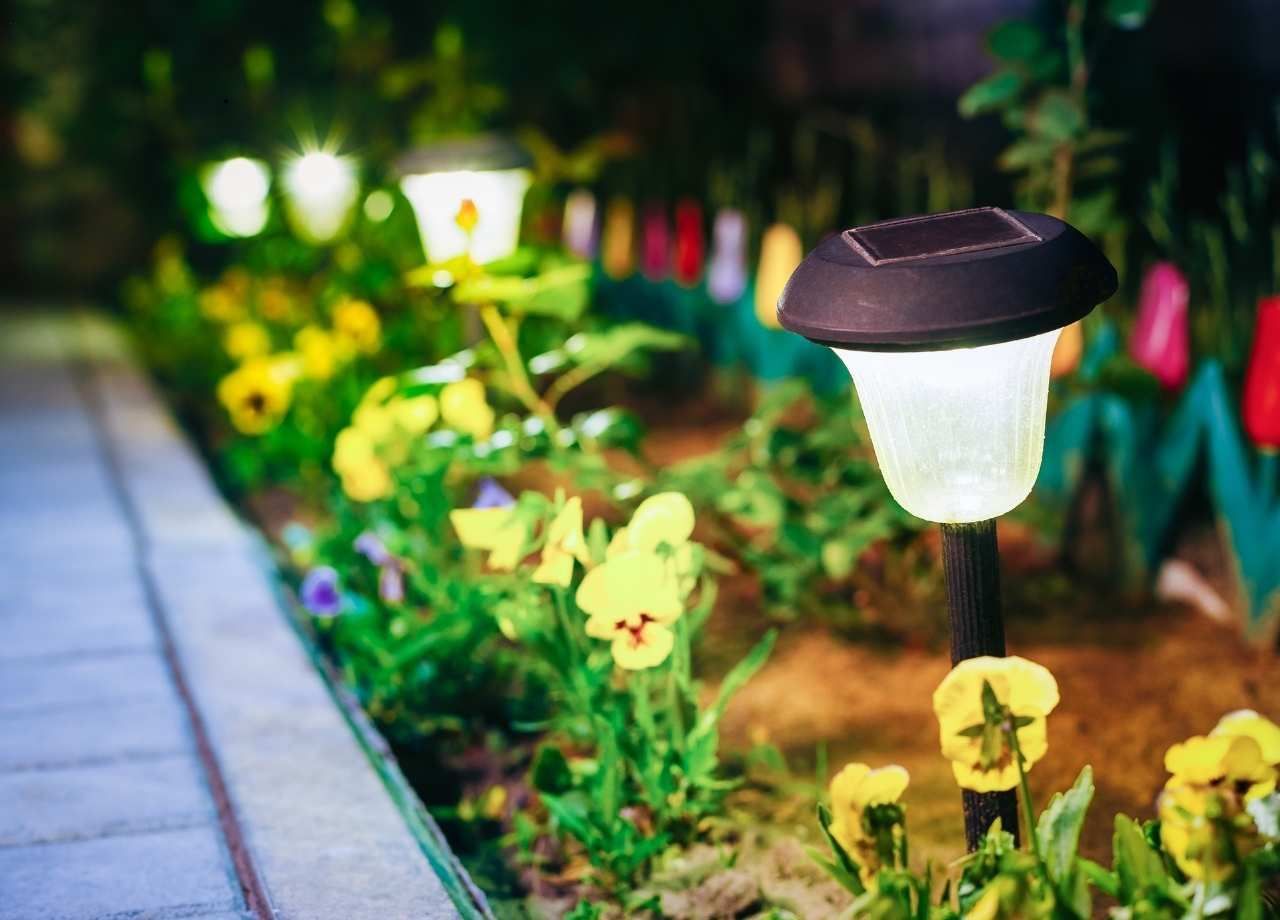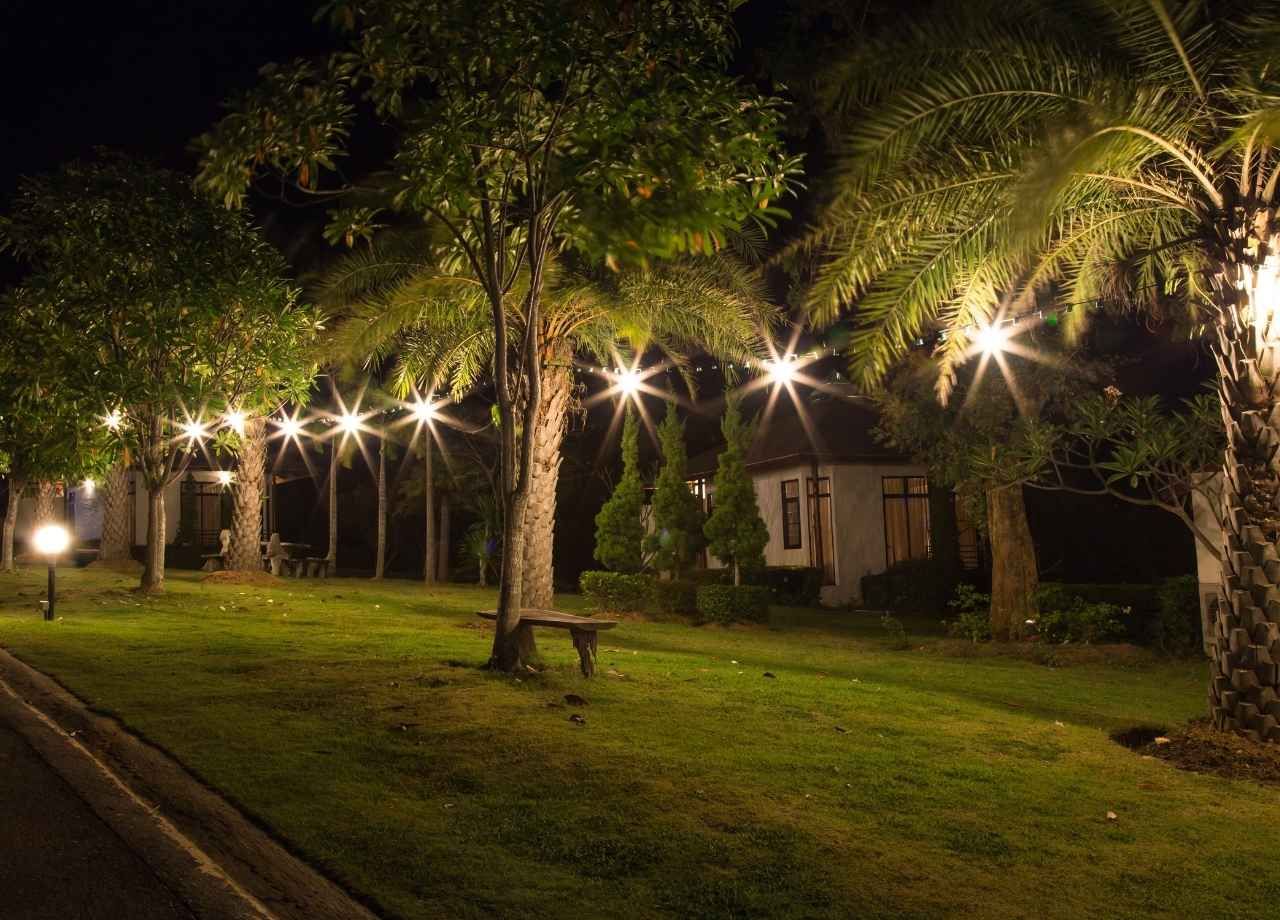Waterfront & Dock Lighting: Tips for Safety and Atmosphere
Waterfront properties and private docks offer some of the most rewarding outdoor experiences, whether it’s quiet evenings by the water, late-night boating, or hosting guests under the stars. Yet without proper lighting, these areas can quickly become unsafe and unwelcoming. Dock lighting serves two purposes: it helps prevent accidents by illuminating pathways, ladders, and boat slips, and it creates an inviting atmosphere that enhances how the space is enjoyed. A carefully planned design blends both goals, balancing safety requirements with aesthetics. Companies like Aloha Outdoor Lighting in Jacksonville specialize in designing systems that bring those two worlds together, using professional-grade fixtures and customized layouts for long-lasting results.
Why Dock Lighting Requires More Attention Than Standard Outdoor Lighting
Unlike patios, walkways, or garden areas, docks sit directly on or near water, creating unique challenges. Reflections, glare, humidity, and salt exposure can all affect fixture performance. A light that works well in a backyard may corrode within months when mounted near a dock. Safety demands are also higher because water and low visibility can make accidents more likely. Good design ensures people can navigate confidently while preventing the overuse of harsh, bright fixtures that ruin the calm of a waterfront setting.
Key Safety Considerations for Dock Lighting
Safety is always the starting point when planning a dock lighting system. Areas that need consistent, reliable illumination include entry points, stairs, handrails, boat slips, and ladders. Tripping hazards are more common in these spaces, especially when surfaces are wet. Low-profile step lights and recessed fixtures help keep pathways lit without creating obstacles.
Another important factor is visibility for approaching boats. Lighting should mark the edges of the dock clearly while avoiding glare that blinds boat operators. Shielded fixtures or downward-facing designs work best. Consistency matters too—patches of darkness between lit areas can be just as hazardous as no light at all. A professional layout ensures even coverage and reduces the risk of shadows hiding important details.
Balancing Atmosphere with Function
Safety alone doesn’t define a successful lighting project. A dock should feel like an extension of the outdoor living area, and that means creating atmosphere. Warm, inviting light makes the waterfront a place to linger rather than a zone lit only for utility. Instead of flooding the space with bright overhead fixtures, subtle accents can highlight textures of wood planks, the shimmer of water, or surrounding landscaping.
Color temperature plays a major role here. Cooler tones tend to feel harsh and industrial, whereas warmer tones between 2700K and 3000K create a more relaxing ambiance. Many modern LED systems allow for dimming, which is especially valuable for adjusting brightness depending on whether the dock is being used for social gatherings or quiet evenings.
Managing Glare and Reflections on the Water
Glare is one of the biggest challenges when dealing with waterfront lighting. Light that spills directly onto the water can bounce back, creating a mirror-like effect that reduces visibility instead of improving it. Fixture placement and shielding are essential for controlling this. Mounting lights lower to the surface and directing them downward minimizes glare while still delivering the needed illumination.
Underwater lights provide another solution. When installed properly, these fixtures illuminate the area immediately around the dock while reducing reflective glare. They also add a striking visual effect, giving the water a gentle glow and enhancing the feeling of depth.
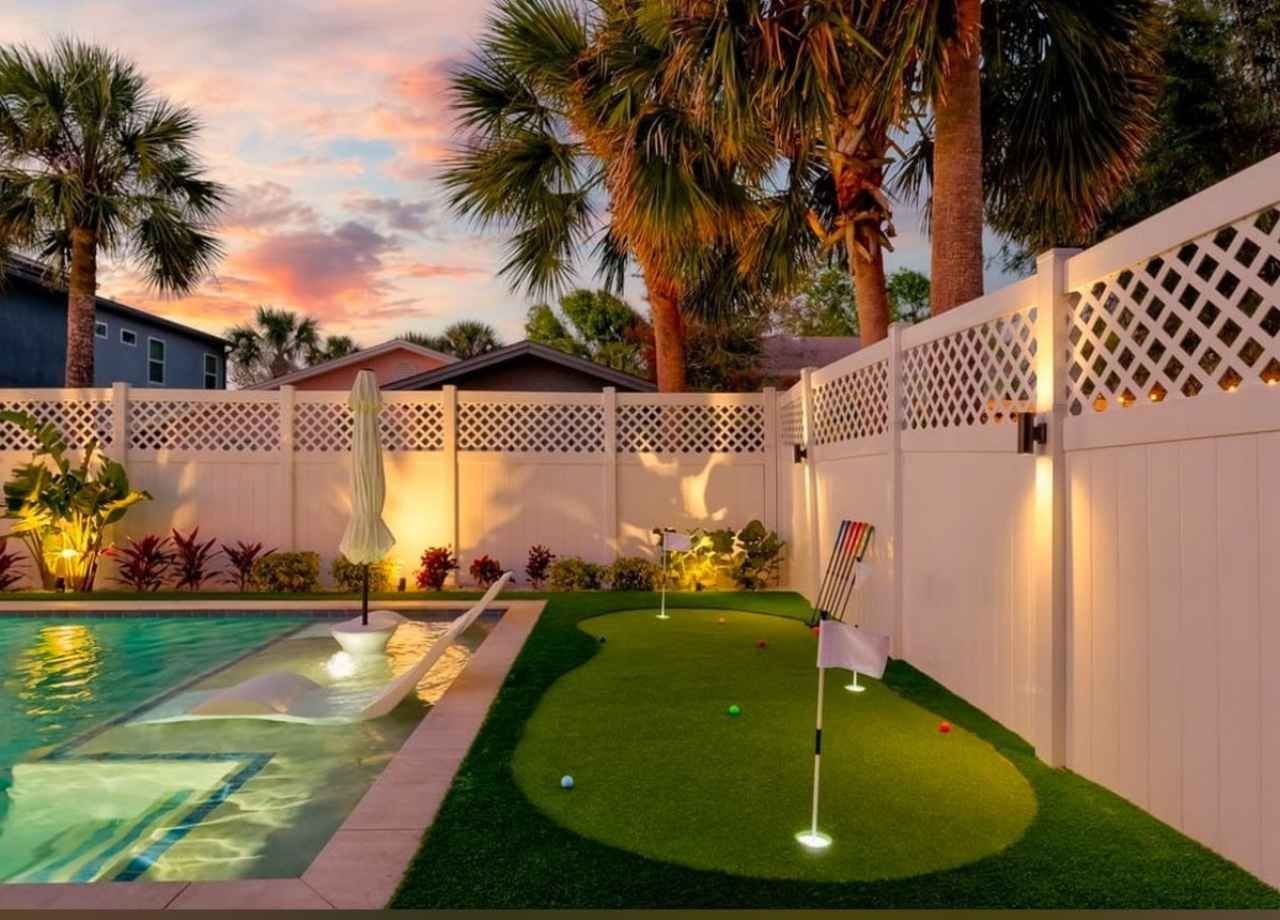
Choosing Durable Fixtures for Harsh Environments
Waterfront environments are tough on lighting. Constant humidity, salt spray, and the risk of occasional submersion mean that not all fixtures will last. Stainless steel, marine-grade aluminum, and brass are the most reliable materials for dock lighting because they resist corrosion and hold up under long-term exposure. Plastic or low-grade metals may save money upfront but often fail quickly, requiring frequent replacements.
Sealed LED fixtures are now the industry standard for docks and waterfronts. LEDs generate less heat than older technologies, reducing the risk of damage, and they use a fraction of the energy. Many are rated for wet or even underwater installation, with reinforced seals that keep out moisture and debris. A quality installation makes a major difference here—improperly sealed connections are a common failure point in waterfront systems.
Power and Energy Efficiency Considerations
Powering dock lighting depends on the property’s setup. Hardwired systems offer reliability but require careful installation to meet electrical safety codes near water. Low-voltage LED systems are safer and more energy-efficient, making them the preferred choice for most residential docks. Solar-powered fixtures are also an option in certain areas, especially for marking edges or walkways, though they are often less reliable for large-scale illumination due to inconsistent sunlight exposure.
Timers, dimmers, and smart controls can further improve efficiency. These allow homeowners to automate lighting schedules, dim lights during late-night hours, or even control fixtures remotely from a phone. Smart systems also extend the lifespan of the fixtures by reducing unnecessary operating hours.
Enhancing Waterfront Atmosphere with Specialty Lighting
Beyond safety and basic visibility, specialty lighting can transform a dock into a true destination. Underwater lights attract fish, creating a lively, natural show right at the edge of the property. Rope lighting tucked along rails or under steps creates a subtle glow that guides guests without being overpowering. Spotlights positioned on trees or structures near the shoreline can highlight natural features while reflecting softly off the water.
Entertainment-focused docks benefit from color-changing LEDs, which can shift tones depending on the occasion. Used sparingly, these fixtures create a festive atmosphere without overwhelming the calm beauty of the setting. The goal is always balance—light should complement the environment, not dominate it.
Maintenance and Long-Term Care
Even the best systems require ongoing care. Salt buildup, insect nests, and plant overgrowth can all affect performance over time. Routine cleaning of fixtures, lenses, and housings keeps light output consistent. Checking seals and wiring regularly ensures water has not infiltrated the system. Homeowners should also consider replacing fixtures in pairs or zones rather than one at a time to maintain consistent performance and appearance.
Professional maintenance plans often extend the life of dock lighting systems significantly. Scheduled inspections allow small issues to be corrected before they turn into costly repairs. This approach keeps the dock safe and looking its best throughout the year.
The Value of Professional Design
DIY solutions are tempting, but docks present challenges that make professional design a smarter choice. Placement, shielding, fixture selection, and electrical safety near water all require expertise. A well-designed system not only improves safety and atmosphere but also saves money in the long term by avoiding premature fixture failure or inefficient layouts.
Professional designers also understand how to integrate dock lighting with the broader property lighting plan. A dock should not look like a separate zone but instead blend seamlessly with pathways, patios, and landscaping. This creates a cohesive look that elevates the entire property rather than isolating one area.
Bringing It All Together
Waterfront and dock lighting is as much about safety as it is about creating a space that people want to use after dark. By choosing durable fixtures, planning for glare control, balancing brightness with warmth, and maintaining the system over time, homeowners can turn their docks into year-round assets. The right design prevents accidents, improves visibility for boaters, and makes every evening by the water feel more welcoming.

